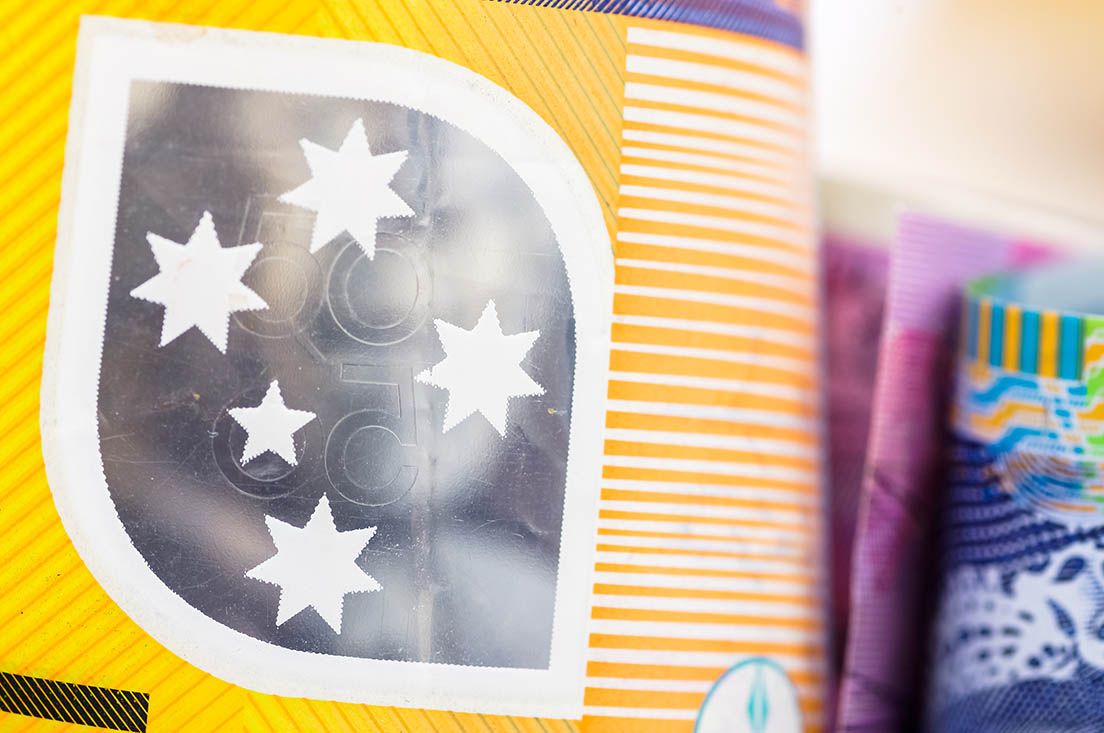Australian Dollar's Rally Risks Stalling Says CBA as GBPAUD and AUDUSD Near Key Technical Lines
- Written by: Gary Howes
-

Image © Adobe Images
The Australian Dollar rally risks stalling shows a new analysis from Commonwealth Bank of Australia that reveals much will now depend on the nature of a planned stimulus plan in China.
The Australian Dollar is a near-term outperformer and has advanced against the majority of its peers in the two-week window, but the rally appears to now be fading and fresh drivers will be required to stimulate demand.
The Australian Dollar has risen for eight out of the past nine trading days, confirming positive momentum is still intact. "The local and external influences on AUD have improved," says Joseph Capurso, a strategist with Commonwealth Bank of Australia (CBA). "The RBA's extended hiking cycle supports AUD."
The RBA lifted interest rates last week and said the door remained open to further hikes in developments that boosted Australian bond yields and offered support to the domestic currency.
CBA says it expects at least one more hike by the RBA, but it is now unclear whether the central bank can offer further meaningful support to the currency.
But the rally is now slowing in the approach of the significant resistance level of 0.6800 against the U.S. Dollar (AUDUSD).
This equates to a level of support at 1.86 for the Pound to Australian Dollar exchange rate (GBPAUD).
Above: AUD to USD exchange rate at daily intervals showing the resistance point at 0.68.
A break of AUDUSD 0.68 would be key to the broader near-term direction in Australian Dollar exchange rates with a break opening the door to another bout of Aussie Dollar strength which would extend the currency's recent recovery.
However, a successful defence of these levels could mean the recent rally is coming to an end.
Near-term, Capurso says AUD/USD may receive another push higher thanks to a dovish Federal Reserve decision on Wednesday, "but, without follow‑through from the Chinese authorities, AUD is likely to soon carve out a peak modestly above 0.6800."
This would imply a downside limit in GBPAUD at 1.86, all else being equal.
Above: GBP to AUD at daily intervals showing support at 1.68.
Capurso says any further impetus for AUD would probably have to come from China where authorities are apparently setting out a new stimulus package to try and boost the economy.
"Media reports suggest the Chinese government is preparing a broad economic stimulus package. AUD would benefit if the stimulus is large and focused on commodity‑intensive infrastructure and/or property investment," says Capurso.
Newswires reported Tuesday that China is considering at least a dozen stimulus measures including interest-rate reductions to support areas such as real estate and domestic demand.
China is Australia's largest trading partner and the main destination for its raw commodity exports meaning Chinese growth that is centred on the industrial and property sectors boosts demand for Australian exports.
But China's post-Covid restriction rebound has largely been based on consumption and consumer demand with the property sector meanwhile coming under stress following years of overdevelopment and mismanagement in some major companies.
This means the composition of any Chinese stimulus matters when discussing Australia and AUD.
"We are cautious about predicting a large bounce in AUD," says Capurso. "The Chinese government has announced a number of stimulus packages in recent years which were not large."
The stimulus proposals, drafted by multiple government agencies include at least a dozen measures designed to support areas such as real estate and domestic demand, reports Bloomberg.
The People Bank of China meanwhile announced on Tuesday a cut to the 7-day reverse repo rate by 10bps to 1.9% from 2.0% ahead of the announcement of the benchmark 1Y MLF rate on June 15.
The 7-day reverse repo rate and 1Y MLF rate were last cut by 10bps in Aug 2022.
"This did not come as a surprise as recent economic data suggests that China’s growth recovery has stalled due to weak external demand while the domestic property market continues to languish, says Ho Woei Chen, Economist at UOB in Singapore.
The latest attempts at stimulus by Chinese authorities are nevertheless expected by some China watchers to offer little impact in the near term, with Chen saying it will only be year-end when the Yuan starts to appreciate.
"We are of the view that a rebound in the CNY will likely start in 4Q23 when China’s economic recovery regains momentum," says Chen.
The performance of the Yuan is important from an Australian Dollar perspective given their positive correlation that stems from the close trading links between China and Australia.
A CNY rebound towards year-end could therefore mean the AUD will have to wait a while longer before carving out a convincing rally.













